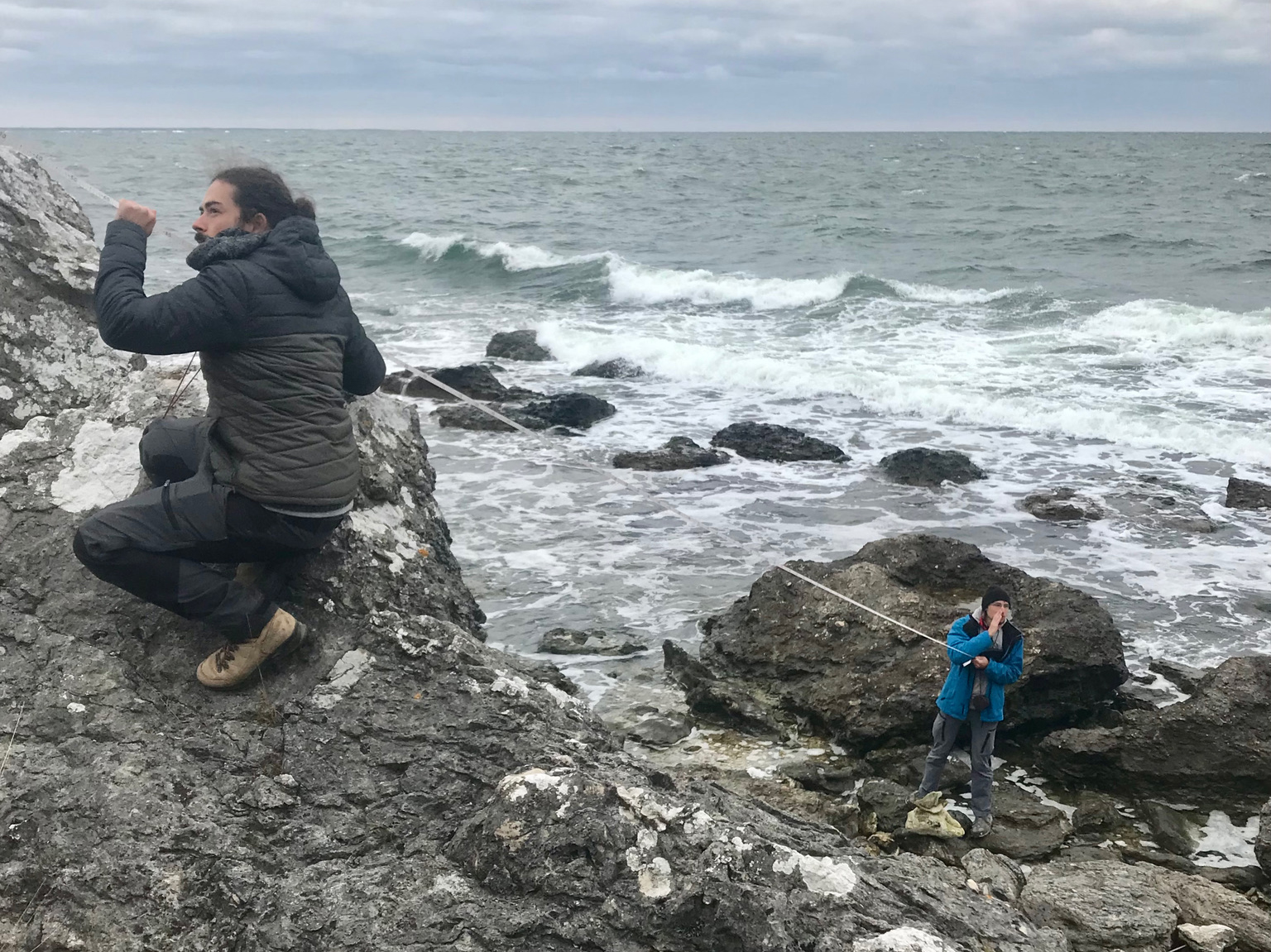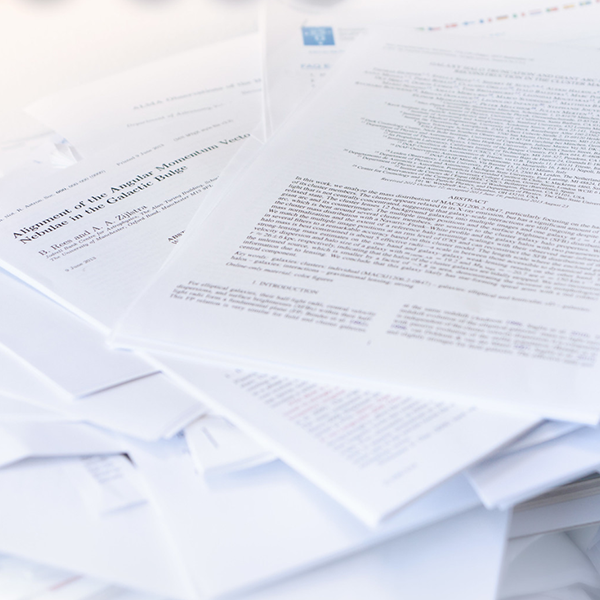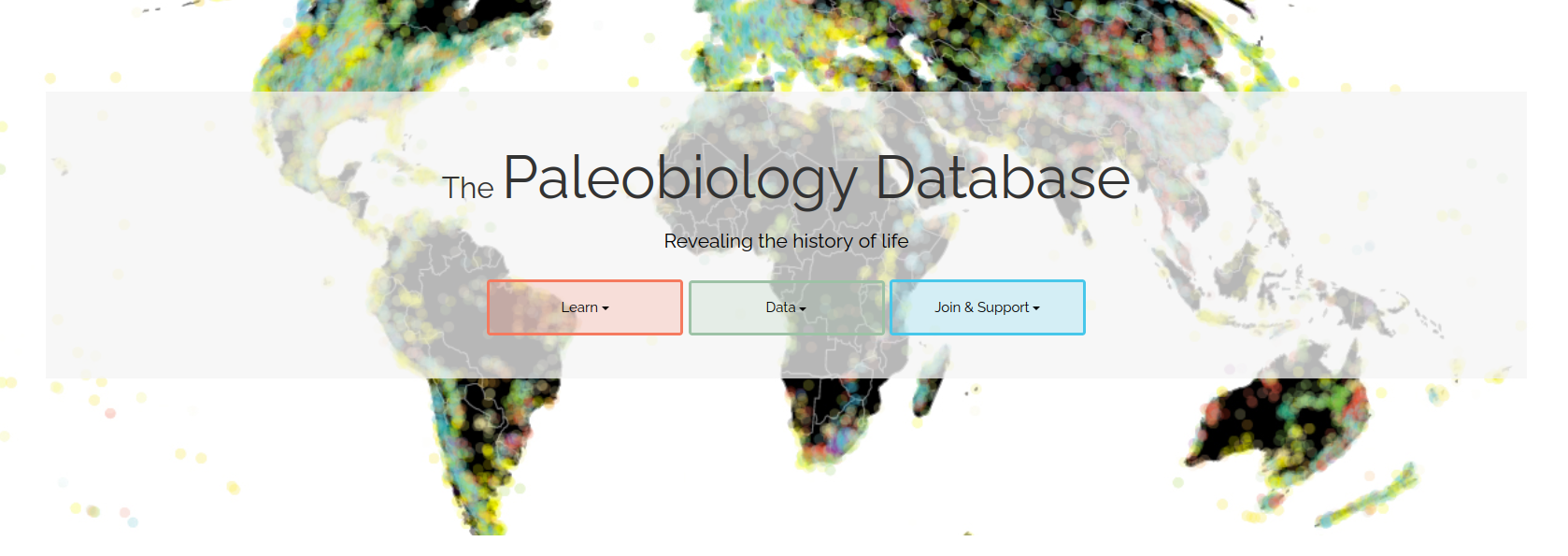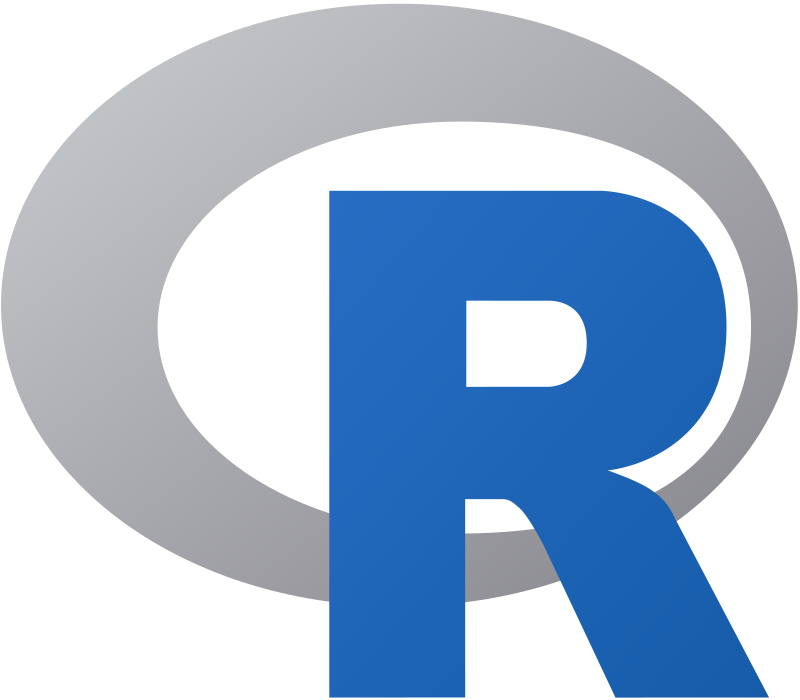Program Highlights
Independent Research
One of the highlights of our program is opportunities for independent research. This not only includes the Master’s thesis in the final semester, but also shorter research projects within modules and various opportunities to support research being conducted by staff at the Institute and staff at GeoZentrum Nordbayern.
Several courses will prepare students for independent research:
During the Literature Seminar, student will hear talks from researchers within the paleobiology research group, as well as visiting researchers, about their ongoing research projects. Students will have the opportunity to ask questions and provide feedback to speakers, as well as engage in discussions about various topics such as the strengths of certain methodologies, options for data visualisation, and the interpretation of results. At the end of the series, students will present their own talk about their plans for their thesis research.
During the Science Communication and Research Project Design courses, students will develop their skills in communication and project design. During Research Project Design, students will develop an independent project idea for a grant proposal (which can be based on their thesis research) and write this up in the format of a Deutsche Forschungsgemeinschaft (DFG) proposal, which they then present as a Seminar talk. In Science Communication, students will develop their skills in a variety of forms of communication, including scientific posters, graphical abstracts, videos, and blog posts.
During the Research Project Implementation course, students will develop their research and communication skills through a project idea put forward by early career researchers (PhD students and postdoctoral researchers) at the Institute and GeoZentrum Nordbayern. Students will be guided through the process of implementing their chosen research project,
 Archaeopteryx lithographica
Archaeopteryx lithographica
Data Analysis and Programming
The program puts an emphasis on using computers to conduct cutting-edge quantitative research. Students learn to interact with various fossil and modern biodiversity databases, such as the Paleobiology Database, the PaleoReefs database (hosted here, in Erlangen!) or the Ocean Biogeographic Information Facility (OBIS), as well as with abiotic data such as climate model outputs (e.g. the CMIP6 model results of the IPCC and paleogeographic reconstructions (e.g. the PaleoMAP project).
To perform complex analyses in either database- or specimen-based research, students learn how to manipulate data, calculate uni- and multivariate statistics, conduct hypothesis tests and build statistical models in the R statistical programming language. Most examples, such as those in local- and global-scale diversity dynamics are taught with R, but not exclusively. Using a command-line shell (BASH) for general interaction with computers and the specialized language RevBayes for phylogenetic analyses are also part of the Master’s. The basics of programming are taught in a practical, but general way that gives a good foundation to pick up other high-level programming languages. The presented applications of machine learning in paleontology also prime students to either continue working in paleontological research, or to refocus on general applied data science.
Fieldwork
Students have several opportunities to develop their fieldwork skills in our program. Destinations include Gotland in Sweden, northern Italy, and Poland, allowing students to travel through Europe and interact with rocks that range across 550 million years, from the Early Paleozoic to the Anthropocene.
 Field work in Gotland, Sweden (photo by Rachel Warnock)
Field work in Gotland, Sweden (photo by Rachel Warnock)
World-class carbonate sedimentology
FAU is internationally renowned for carbonate microfacies research and the GeoZentrum Nordbayern houses a unique collection of carbonate samples from around the world. Each year, participants from both academia and industry flock to the Flügel Course, which has been running since 1974, to learn about carbonate sedimentology, microfacies analysis of thin sections, and research developments in carbonate systems.
Imaging techniques
The laboratory building in Erlangen houses several state-of-the-art analytical devices for paleontological and geological investigations. This includes computerised tomography (CT) scanning, scanning electron microscopy (SEM), and Fourier transform infrared (FTIR) spectroscopy. Students will receive training in the use of these analytical techniques as well as fundamental geological laboratory techniques. Students will also have the opportunity to use these techniques as required in their research projects.
Research-led teaching
All of our instructors are active researchers who are conducting various kinds of research that span the field of paleobiology and beyond. This research in turn informs and energises our teaching.






